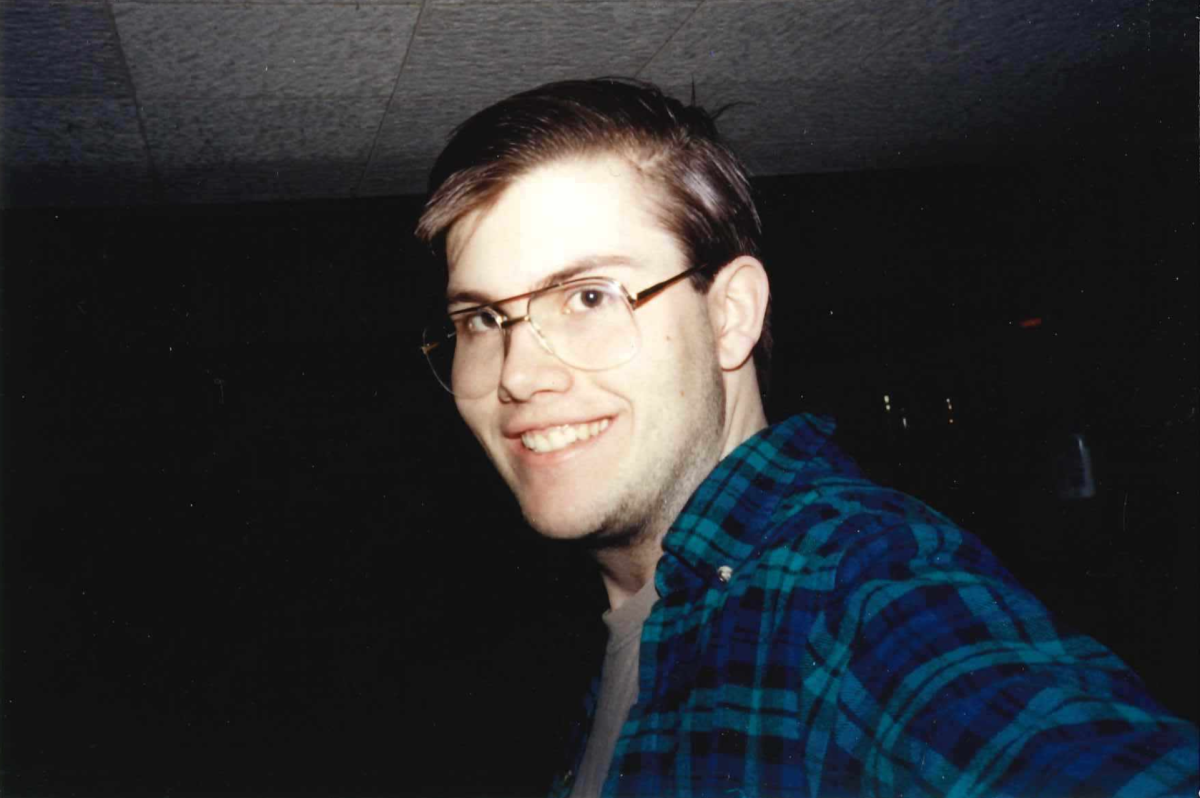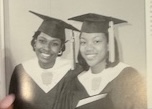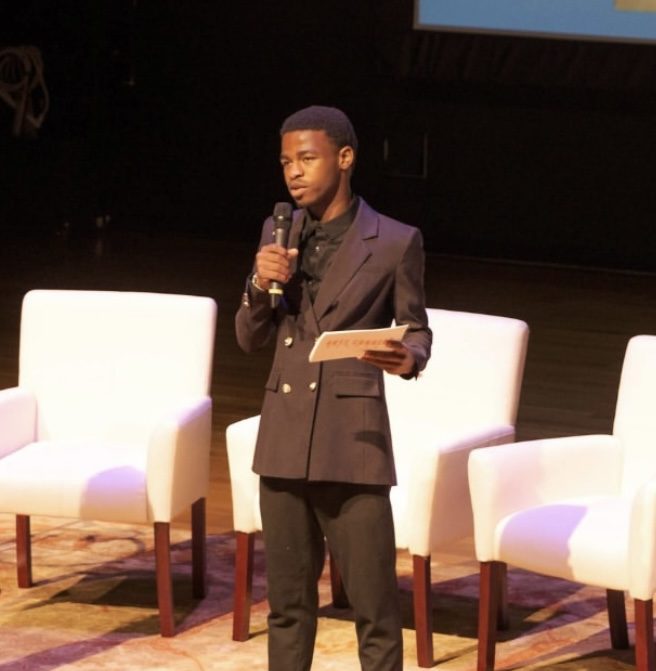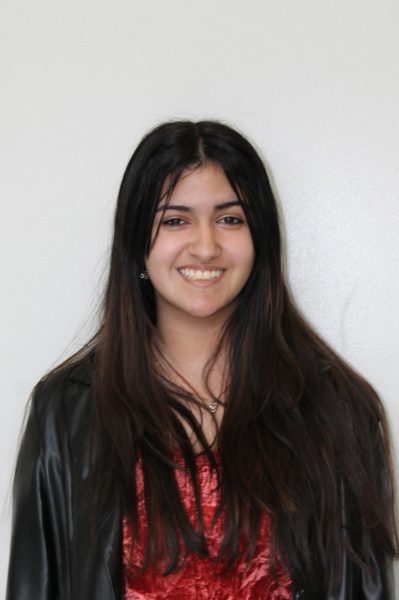If 75% of statistics are made up on the spot, then James Barnes had a 33% chance of picking the right career on his first try. And he didn’t. Barnes has lived a life of unlikely decisions and numerous transitions, all woven together by his consistent love for math.
At Penn State, Barnes was an architect major for three whole days before he realized that it was a lot more drawing than math. So he switched to electrical engineering.
He was halfway through his electrical engineering degree when he had another epiphany — while he loved the mathematical component of his major, he genuinely could not see himself doing a job with actual hands-on engineering. It was only after working part-time as a calculus tutor at his university that Barnes realized his passion for teaching and explaining math.
After finishing his degree in Mathematics and Electrical Engineering, Barnes joined the Teach for America program. When he was assigned to teach in Houston, Texas, he packed his bags and left his entire family and life behind in Pennsylvania.
Barnes has never been a spontaneous person. He would much rather have things fully planned out, so the transition from a small town in Pennsylvania filled with family to a large metropolitan city filled with complete strangers was difficult.

“I’m proud of myself for moving to Texas. Believe it or not, I’m an introvert, so it wasn’t an easy adjustment,” he admitted.
He went on to spend three years in a middle school classroom before transitioning to Carnegie. Since then, Barnes has been at CVHS for 19 years, which means that he is one of the teachers who has witnessed the transition from the old Sunnyside campus to the current one in Fourth Ward.
“We were at this little dilapidated, rundown elementary school that wasn’t really built to have high school students. So we always had issues with air conditioning and power,” Barnes said. “But the students were very, very, very eclectic and very unique in ways.”
It was the worn-out condition of the old campus that brought the small group of students and faculty closer together. Barnes’s first Statistics class only had nine kids, which allowed him to build a strong rapport with his students. The tight-knit environment that Carnegie once had seems almost irreplicable now.
“As we’ve gotten bigger in class sizes, you’re pushing over 30 [students]. It just changes the culture of the school… It’s harder to have one-on-one interactions with students in class,” Barnes said.
However, Barnes finds that the spirit of Sunnyside is still very much alive today, largely due to the dedication of Principal Moss, who has served as Carnegie’s cornerstone. Through his efforts, teachers have been able to place a lot of trust in administration.
“Mrs. Bohenick and I both started the same year. And then Mrs. Matsu came the next year. Now she’s an assistant principal. Mrs. Hill and Mrs. Casperson came the next year,” Barnes said. “A lot of people that are on campus have been here a long time.”
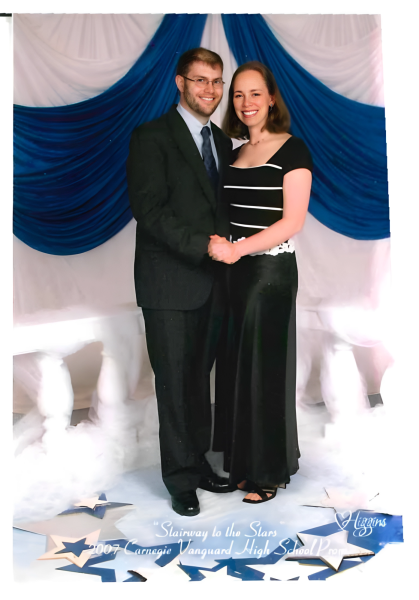
Interestingly, Barnes originally intended to teach calculus. He actually hated statistics in college. In fact, he only took one statistics class and stopped there.
“It was all memorization and probability with no context and, frankly, it bored me,” Barnes said.
However, during his second year at Carnegie back in 2005 a statistics position opened up, and he decided to settle. Through connecting with different AP Stats teachers from all over the country he found a community that was passionate about the subject, which gave him a completely new perspective. To his surprise, years after he had graduated from college, he found himself fascinated by the world of statistics.
“Now I can’t imagine not teaching Statistics, because it’s so applicable to everything in the world,” Barnes said.
As he sees it, statistics is an area where students can instantly see the use of the content they have learned. It can be employed in numerous different fields spanning from scientific research to social sciences, healthcare and business analytics.
“I feel like if I’d taken a stats class that introduced me to…all these areas [like] finance or with computers…I feel like I’d probably have a job in one of those fields,” Barnes said.
Through his lessons, Barnes aims to introduce students to the diverse applications of statistics. While he acknowledges that not all students may find statistics enjoyable, he hopes that they will be able to at least gain some insight during their time in his class.
“One [of my] goals is to try and do things in a way that students are interested in…to make people realize, oh, I might use this somewhere or I can apply this to my life in some way beyond just the AP test,” Barnes said.
To do so, Barnes realized the need to alter his teaching style. When he first started teaching at Carnegie, Barnes recalls having a very traditional approach to education.
“It was always you had your notebook with blank paper and you took notes and you just wrote furiously to keep up,” Barnes said.
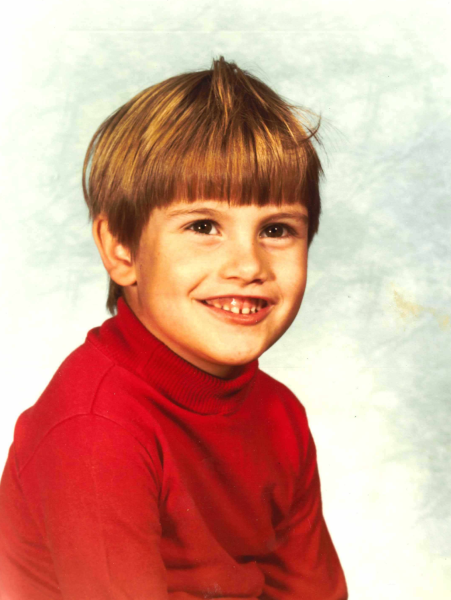
However, he soon realized that this approach was rather ineffective for student learning and transitioned to the guided notes that many CVHS Stats students know and love today.
“I figured out pretty quickly that [for] an AP you can’t just have the notes purely like on the board, because you have these giant problems and it’s a waste of time to have you sit and write down the prompts and then do the problem,” Barnes said.
In ways like this, Barnes strives to foster authentic connections with those in his class. Despite the inevitable generational gaps that emerge over time, he remains committed to demonstrating kindness and understanding towards every student.
“There’s [inevitably] people who don’t like Stats, but hopefully they’ll at least remember how I treated them,” said Barnes.


